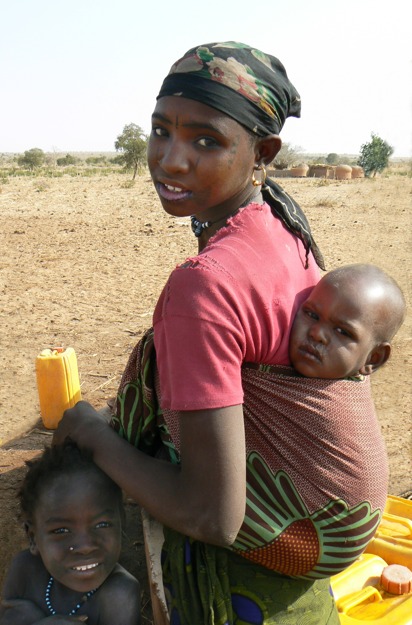by Barbara Goldberg
Just two weeks ago, I reported some very good news: Niger has made the most progress worldwide on reducing child mortality since 1990, according to a recently released study. Now for the bad news. In its annual report released on November 6th, the UN Population Fund revealed that Niger had the world’s highest childhood pregnancy rate, with 51 per cent of women in their 20s reporting that they gave birth before turning 18.
 |
| Photo by Barbara Goldberg |
Every year, 7.3 million children become mothers in developing countries. Some 70,000 mothers between 15 and 19 die from complications after birth each year. Having children at a young age prevents girls from entering the work force, and thus the countries they live in are deprived of their potential contribution to the economy. If girls waited until the age of 20 to have a child, the gross annual income would be boosted by more than $7.7 billion in India and $3.5 billion in Brazil, the report found.
UNFPA chief Babatunde Osotimehin stressed that poverty, along with discrimination against women, is a key cause of childhood pregnancies. “Too often, society blames only the girl for getting pregnant,’’ he said. “The reality is that adolescent pregnancy is most often not the result of a deliberate choice, but rather the absence of choices, and of circumstances beyond a girl’s control.”
 |
Wells Bring Hope aims to expand those choices for the girls of Niger. When we drill a well, girls no longer need to walk for water, so they are able to go to school, often for the first time in the history of the village. Education is the key to opening up new choices and opportunities for women and girls. When girls go to school, they tend to marry later and have children later, opting instead to engage in economic activities that pull their families out of dire poverty. That’s the connection between drilling wells, empowering women, and growing the economy of the world’s poorest country.


